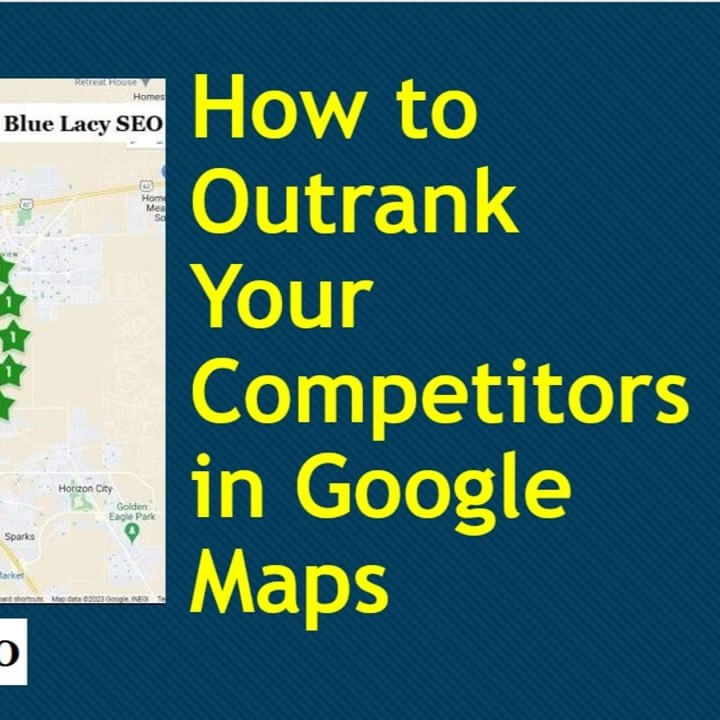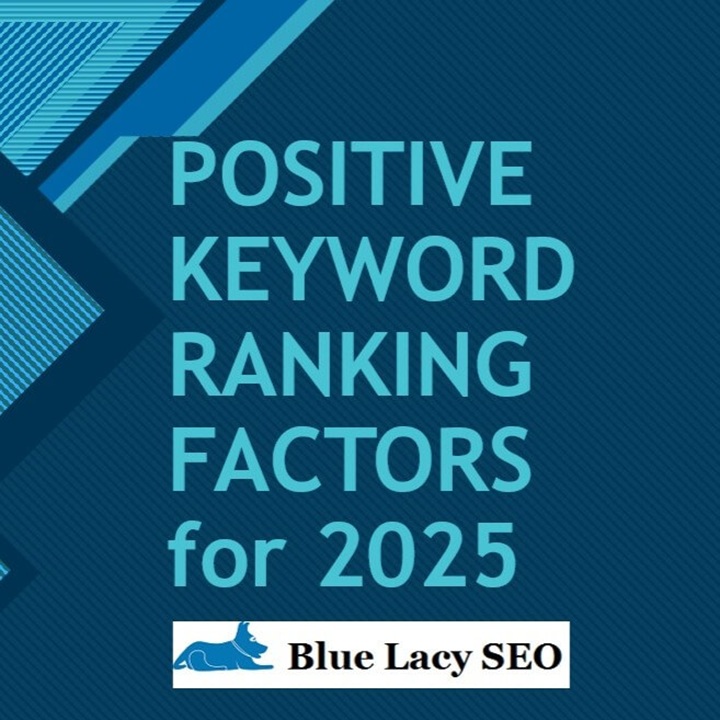Before any website can be designed a strategy has to be in place to achieve optimal results for the client. Most people believe that the visual look of the website is the most important element. An attractive and visually pleasing website is certainly important, but there are many other elements a website needs in order to be counted as successful.
Here are the steps we take at Blue Lacy SEO when designing a website.
Client Goals. This first step is very important. We sit down with the client and discover the goals for the company and for the website. Will the site be informational, offering services, or selling products?
Project Scope. This step defines the general layout, the visual elements, colors, number of pages, and usability factors, all the while keeping the website’s goals in mind.
Keyword Research. We need to pinpoint what search words people will use to find the website we are creating and determine how difficult it will be to rank for these keywords.
Content Creation. This is where we start writing the words that will engage visitors and persuade them into a call to action. This action could be to fill out a contact form, buy a product, or visit a store. The content also needs to be written so it can be ranked by search engines. The trick is to write in a natural way for readers but not spammy so that search engines will rank the page highly. This process is called content marketing and it is the foundation of any website.
Visual Elements. This can also be considered as content, but I have separated this from written content. This is where the web designer designs the colors and visual elements, such as images and icons, to complement the written content. Images and graphic elements can be used to break up the content into smaller sections enabling easier reading for visitors.
Search Engine Optimization (SEO). After the visual portion of the website is finished and the client is happy with what was done, it is time to start implementing the rest of the on-page SEO. Some of the SEO was done when the keywords were identified and the content was created. The rest of the on-page SEO consists of:
- Heading Tags. Use H1 to H6 tags for the written content. This is the html code that tells search engines which are the most important titles or headings. H1 is for the main title, H2 is for sub-headings, and so on down the list.
- Title Tags and Meta Descriptions. Write unique tags for each page, keeping in mind the keywords we are trying to rank for. The title tag, in larger text, shows what the page is about in a few words. The meta description summarizes the content for the web page.
- SEO friendly URLs. Keep the URL short, include keywords, and in a format that Google likes.
- Add Alt-Text to Images. Search engines can’t read images (although Google is getting better at it). Adding a short descriptive text to the image, inserted into the website’s code, tells the search engines what this image is about.
- Responsive Design. This means the website will look good on desktop computers, tablets, and phones.
- Original Content. Make sure all the content is original. If it isn’t, Google calls this duplicate content. If there is a lot of it, the website’s rankings can be affected.
- Robots.txt. This a text file written into the code of the website that tells search engine robots which pages to crawl and which pages, if any, to exclude from crawling. Sometimes you may want to prevent search engine from crawling and indexing certain parts of the site, such as forms or administration areas.
- Schema Markup. This is a group of tags written into the code of a website that can help search engines read and interpret data. This could be such things as authors or a business address. We can recognize what these items are, but virtual robots do not always know what these elements are.
- Page Speed. This is a measurement of how fast the content on your page loads. Google has indicated that the speed of your page will impact your rankings. There are many ways to increase page speed, which is beyond the scope of the article.
- Make the Website Secure. Even if you are not planning on doing any payment transactions from your site, it’s a good idea to make the site secure. A site is secure if you see the lock icon and the https prefix in the URL section of the browser. Google will even give a secure site a small ranking boost.
Testing the Website. Once the site is done, it’s ready for testing. We test to make sure there are no mistakes in the content, all links are working, the site is responsive, etc. We use some specialized web audit software to alert us to anything we missed.
Final Approval. We show the completed website to the client for final approval.
Website Goes Live. This is the exciting part of the process where the client can finally see their website on the World Wide Web. The question is, will anyone actually see this wonderful website and how will it be found?
Submit Site to Search Engines. This step is an important one. In order for the new website to be found, it must be indexed by the search engines. Although most new websites will eventually be found by the search engines, we submit new sites to the three major search engines: Google, Bing, and Yahoo.
You may think that the process is complete, but it is actually just beginning. The process of getting a website ranked can be a long process that could take months or even a year in competitive markets.
If you have a technician install a new water heater in your home, you expect it to work right away and start delivering hot water. The World Wide Web doesn’t work that way. The website may work perfectly, but if no one can find it it’s useless.
It may take more than on-page SEO to get a site ranked in a competitive market. Off-page SEO are external activities that happen off the website. Here are some off-page ranking factors:
- Obtaining Backlinks. Other websites that link back to your site.
- Guest Posts. Besides having a blog on your website with fresh content, post an article on another website as a guest.
- Social Media. Your business doesn’t need to be on every social media outlet, one to three should suffice. Please understand that social media is not a substitute for a website. Social media should be used to engage your customers.
The following off-page strategies are for local businesses:
- Google My Business. Set-up a Google My Business and Bing Places for Business and make sure they are properly optimized to rank higher in Google and Bing Maps search.
- Citations. A citation is any mention of your business name, address, and phone number on the web. You can submit your business to any number of citation sites, such as Yelp, Yellow Pages, and HotFrog.
- Reviews. Encourage reviews for your business on Google, Facebook, and citation sites. Plus, respond to both positive and negative reviews.
On-page and off-page SEO needs to be on-going and updated regularly. This can be an overwhelming task for most companies. That’s why you need an SEO specialist to handle these tasks.
Maintain Your Website. Maintaining your new website is of paramount importance. You can’t just build it and forget it. Basic maintenance items include WordPress updates, plugin updates, and regular website backups.
Other important items needed with a monthly support plan include new content, content adjustments, ongoing SEO, and performance monitoring.
See a full description of our Support Plans for Blue Lacy SEO.


